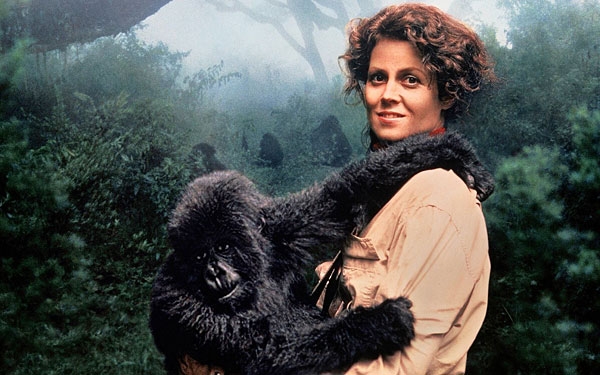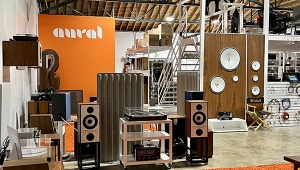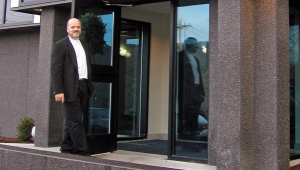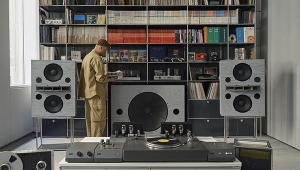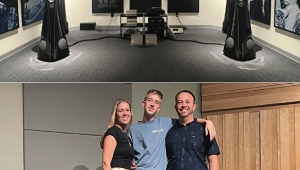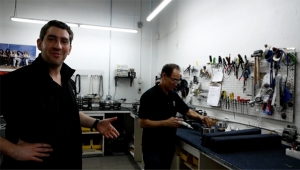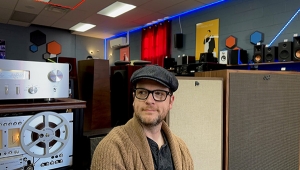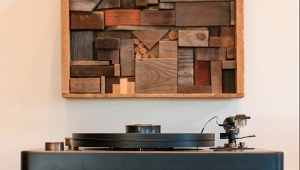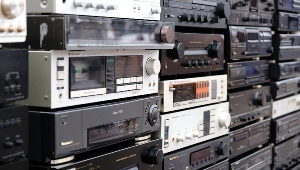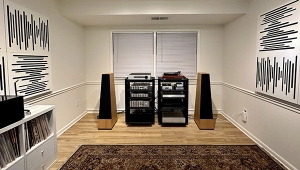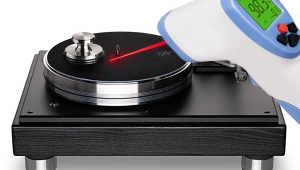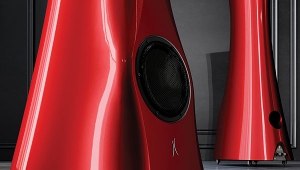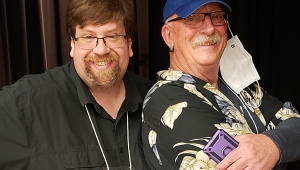| Columns Retired Columns & Blogs |
my first 'my music' moment was when I had just turned 13, September 1979 when I was sititng on the floor in front of the tv watching the Dutch equivalent of Top-Of-The-Pops and Adam Curry, later of MTV, announced a new group that represented a new music movement. For 3 minutes I watched and listened hypnotized to the TV. I knew, this is my music, this is my (clothing) style, this is me. I'm alive. It was the song / music clip Gangster by The Specials.
I had my first 'gorila' moment 2 years later when I had collected and worked for my first hi-fi stereo set (a Dual record player (?), the Marantz SE1010 receiver and Technics SB4500 loudspeaker - all stolen during my first week at college, anyway). I sat down between the speakers on the floor and for the first time heard the music not coming from a speaker but from between the speakers, so instead of 2x mono 1x (real) stereo.
The second 'gorilla' moment was when I bought my first serious hi-fi stereo set in the mid-1990s, the TEAC VRDS10 CD player, the Sphinx project 10 amplifier and the JM-Lab (now Focal) 908 Spectral loudspeakers connected by unbranded silver cables. Also the sound from my TV went through this set. I was watching a tennis match and for the first time I heard very clearly (on a TV sports program) the wind blowing through the leaves of the trees next to the field. WOW, unbelievable I thought and smiled. I still own these components and the Sphinx amp is still in use in my wife's studio, as are the speaker cables in my current set. However, now looking back this was not a good set, too much emphasis on detail and too little on musicality. But maybe that was the general trend at the time after the arrival of digital music / the CD player.
